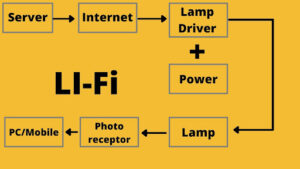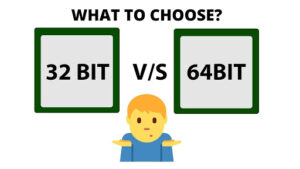FTP
The File Transfer Protocol (FTP) is a
common protocol used on the internet for transferring files from one computer
to another. This service is essential for anyone who needs to move digital data
such as music, video, pictures, documents, software, games, and more, between
computers. When using FTP, an internet user can transfer data from their
computer to a remote computer by uploading the file, or from a remote computer
to their computer by downloading the file.
Uploading is the process of transferring
data from the user’s local computer to a remote computer via FTP. This could be
useful, for example, when a user needs to share a file with a colleague or
store a backup copy of a file on a remote server. On the other hand,
downloading is the process of transferring data from a remote computer to the
user’s local computer via FTP. This could be useful, for example, when a user
needs to retrieve a file that was stored on a remote server or when downloading
a software update.
FTP has become an important tool for
businesses, governments, and individuals to share and transfer files across the
internet. While there are other methods to transfer files, such as email
attachments and cloud storage services, FTP provides a direct connection
between two computers, allowing for faster and more secure transfers of large
files. Overall, the use of FTP has made the transfer of digital data over the
internet a convenient and efficient process.
FTP
is a popular protocol that allows users to transfer files between computers
over the internet. One of the advantages of using FTP is that users can log in
from anywhere in the world and download files from a remote server. This means
that users do not need to physically be present at the server location to
access the files they need.
However, while FTP has been a reliable protocol for
many years, HTTP has become the main competitor for FTP in recent times. HTTP,
or Hypertext Transfer Protocol, is a protocol used for transferring data over
the World Wide Web. It has become the default protocol for most websites and is
preferred over FTP in many cases due to its efficiency and ease of use.
One of the reasons why HTTP has become more popular
than FTP is that it is a more flexible and versatile protocol. It allows users
to download various types of content such as images, audio, video, and text
files. Additionally, many browsers have built-in download managers that can
handle HTTP downloads, which makes downloading files even easier.
However, despite the prevalence of HTTP, FTP is
still widely used for certain purposes. For example, FTP is still commonly used
for transferring large files such as software updates and video files.
Additionally, FTP is often preferred for its security features and its ability
to handle high volumes of file transfers.
Overall, while HTTP has become the preferred
protocol for many web-based applications, FTP still has its place in the world
of file transfers. The convenience and security features of FTP make it an
important tool for businesses, individuals, and organizations that need to
transfer files over the internet.
Downloading large files from the internet can be a
time-consuming and data-intensive process. To address this issue, researchers
have developed a process known as compression. Compression is the process of
reducing the size of a file by removing redundancies in the data. This is
achieved by using a compression algorithm, which looks for patterns in the data
and replaces them with smaller placeholders. This results in a smaller file size
without compromising the quality of the data.
There are different types of compression
algorithms, such as lossless and lossy compression. Lossless compression
retains all the original data of the file, while lossy compression sacrifices
some of the data in exchange for a smaller file size. Lossy compression is
often used for multimedia files like images, videos, and music, while lossless
compression is preferred for text and data files.
Various software applications are used to compress
files. These applications typically provide the option to choose between
lossless or lossy compression, as well as the level of compression to be
applied. Once the file has been compressed, it can be downloaded more quickly
and with less data usage.
When the file is downloaded, it needs to be
decompressed to be used properly. Decompression is the process of reversing the
compression process, which restores the original data to the file. This is
achieved by using a decompression algorithm that reverses the compression process,
replacing the placeholders with the original data.
In summary, compression is a process that reduces
the size of a file by removing redundancies in the data, allowing for faster
and more efficient downloads. Different software applications can be used to
compress files, and once the file is downloaded, it can be decompressed to
restore the original data.
FTP
(Summarized Version)
An Internet user uses the File Transfer
Protocol (FTP) service to move a file from one computer to another
computer on the Internet. In a file, there can be different types of digital
data like music, video, pictures, documents software, games etc. So, if you
want to move the data of your computer to a remote computer, you need the help
of the FTP service. When we store a file from a remote
computer to our computer, then it is called Downloading and
when we store some data to a remote computer from our computer through FTP
service, it is called Uploading
A user can log in and download any file from the server from
anywhere in the world using Numerous FTP. HTTP is the main
competitor for FTP. Almost every website run with HTTP rather than FTP because
HTTP does the same job FTP do with more efficiency. Downloading
software is becoming easier to easiest. Now you can use your browser to
download the file. But behind the scene, all the downloading process is done
through FTP.
Sometimes it would be a major problem when we try
to download big files from the Internet. Because it takes lots of time and lots
of data. To solve this problem the researchers reveal a process that is
called compression. When the files are compressed, their size is
reduced so much. But the quality stays the same. There are different software
used to compress files. When you complete downloading your file you need to
decompress the files to use them properly.





